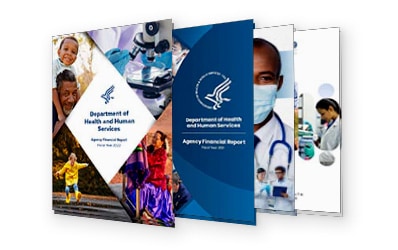Changes to Accessing Annual Reports

As of September 1, 2023, HHS will no longer produce or publish the TAGGS Annual Reports on the TAGGS website. This change is part of ongoing efforts to streamline resources and provide a more centralized and comprehensive user experience.
The annual HHS Agency Financial Reports are publicly available at https://www.hhs.gov. These reports provide fiscal and high-level performance results that enable the President, Congress, and American public to assess HHS programs, accomplishments, challenges, and management's accountability of all resources for each fiscal year (October 1 through September 30). The reports are prepared in accordance with the requirements of Office of Management and Budget Circular A-136, Financial Reporting Requirements.


